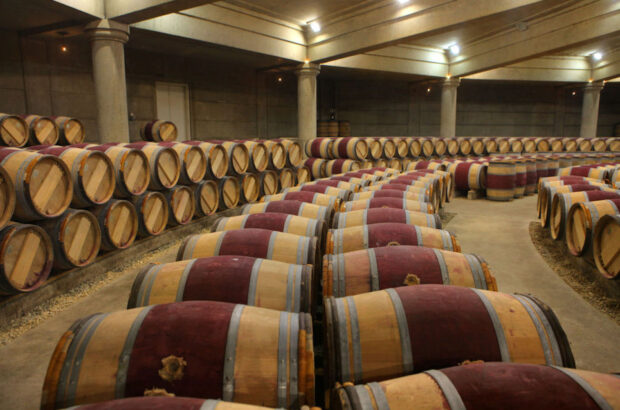keep
Lengthy ripening season produced well-structured, aromatic wines with plentiful but ripe, velvety tannins.
Weather Conditions
One of the driest and mildest winters of the past 50 years was succeeded by one of the hottest springs in the same time period. The result was that the usual growing cycle was brought forward by around three weeks, though lack of rain meant grape clusters were sparser than normal.
June rains replenished soils in time for more record temperatures in July, though cool nights and more rain early August eased up the accelerated maturation rates that were throwing picking dates completely off schedule. In the end, the vintage culminated in one of the earliest harvest in 30 years, with the main bulk of the Dolcetto, Barbera and Nebbiolo grapes being picked by the end of September. Overall yields were down 10-20% on last year.
Best Appellations
Producers were predicting a limited but extremely high quality vintage across most of the region thanks to the hottest second half of the year in the last two centuries. Naturally reduced yields and the lengthy ripening season produced wines with excellent aromatic profile and beautifully textured, ripe tannins. The wines are balanced and well structured, with Barolo the stand out appellation. But watch out too for Dolcetto d’Alba, Barbera d’Asti and Roero (red and white).
Winter drought and poor bud set in the Langhe has produced less noteworthy wines this year.
Best Producers
Not sufficiently tasted as yet (especially the big Nebbiolo DOCGs) but good Moscato, Dolcetto, Barbera and Arneis wines from GD Vajra, Elio Perrone, Giorgio Pelissero, Conterno Fantino, Bruno Giacosa.







